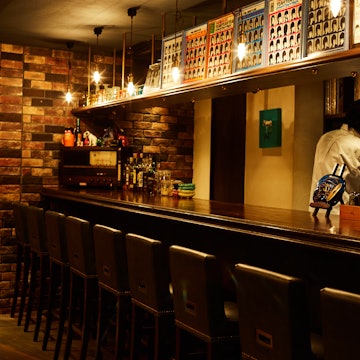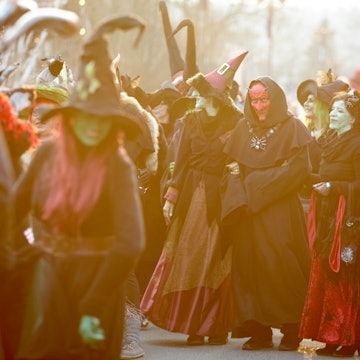

Japan’s northernmost island of Hokkaidō is best known for two things: winter sports and Sapporo beer. But the little-known eastern side of the island is a dream escape at any time of year for the adventurous visitor, whether you’re into beer or not.
In eastern Hokkaidō wildlife wonders abound (is that a bear snacking on freshly caught salmon?); there are lakes, sulphur-spewing volcanoes and hot springs aplenty; and there’s an indigenous culture trying to reassert itself after years of decline. Plus, all this comes with very few tourists. Here are five good reasons to get off the beaten track and visit.

Shiretoko National Park: bear necessities
Like a finger pointing away from the rest of Hokkaidō, the World Heritage Shiretoko National Park was known as the ‘end of the world’ to the indigenous Ainu people and is as far from the rest of Japan as it’s possible to get without bumping into Russia. The peninsula consists of cliffs rising straight out of the sea, of forests through which bear and deer roam, of plunging waterfalls and cloud-scraping mountains – all just begging for exploration.

Pick up information at the visitor centre near Utoro on the park’s west side, then choose from the challenging, two-day Shiretoko Traverse hike (open from June to September), a gentler stroll to Furepe Waterfall, or a cruise (from May to October) out on the Sea of Okhotsk to spot brown bears along the shoreline. Or, between April and November, take a drive on the Shiretoko Pass – this beautiful route cuts across the peninsula through silver birch forests, with the park’s highest peak, Rausu-dake, looming overhead.

Akan National Park: untamed nature
What eastern Hokkaidō’s other national park lacks in wildlife it more than makes up for in wild geology and where’s-my-camera views. As with most of Hokkaidō, the land here was formed by volcanic activity. The simmering forces of nature just below the surface are nowhere more evident than on the slopes of Iō-zan. The yellow staining on the side of this mountain? That’s sulphur seeping out of the earth (and also the cause of the rotten-egg smell). That bubbling water with steam rising off it? Those are boiling pools, heated by the volcanic energy underground – don’t even think about putting your finger in.

Nearby are a couple of more benign volcano-produced features: a pair of stunning caldera lakes. Mashū-ko is regularly named Japan’s prettiest body of water and has a hiking trail leading up the mountain Mashū-dake. Kussharo-ko offers trails and watersports, along with the remote chance of spotting Kusshi, the lake’s very own Loch Ness Monster wannabe.
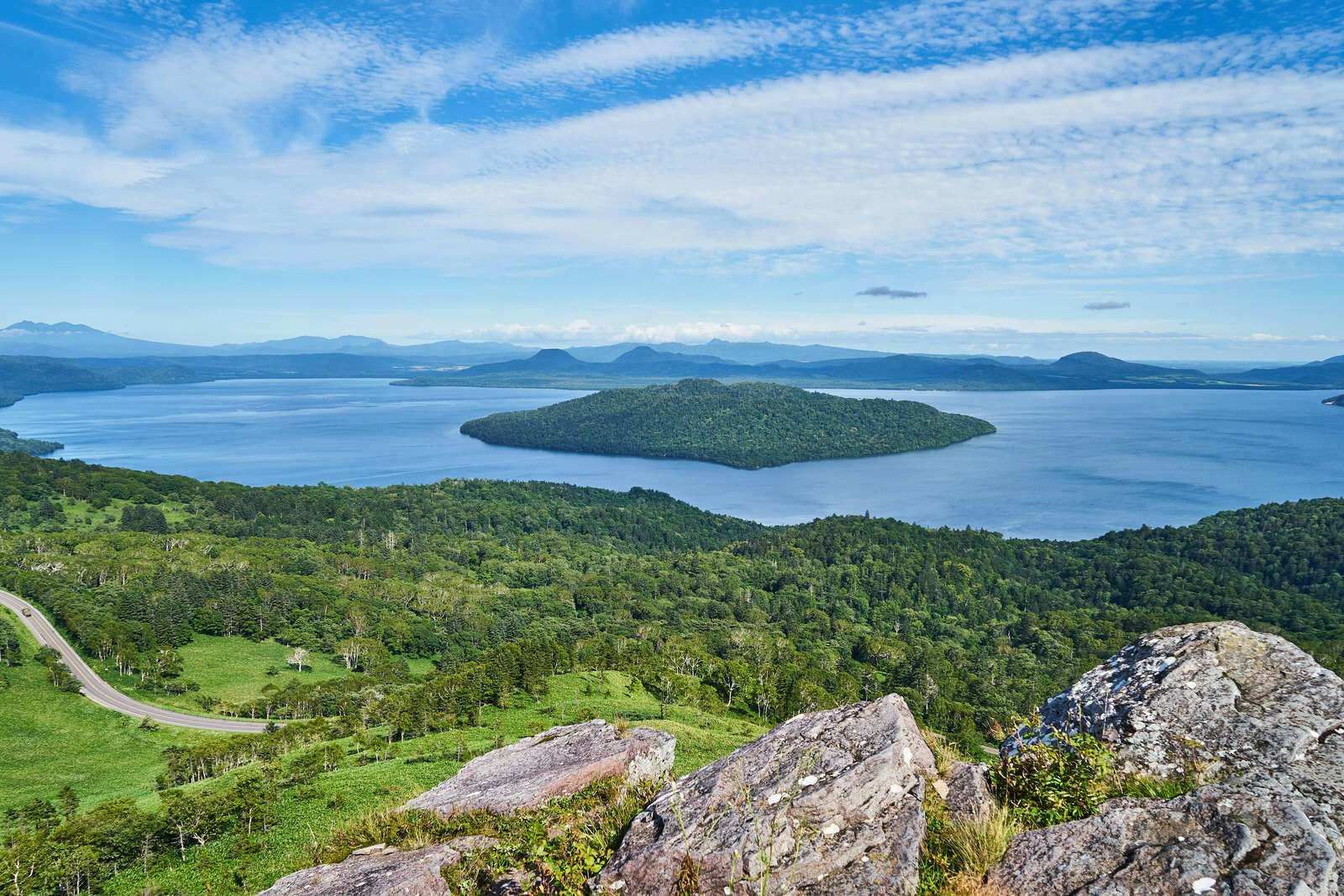
Rausu: whale-watching and body-bathing
The tiny fishing town of Rausu, on the Shiretoko Peninsula’s eastern side, is the jumping off point for cruises to spot some of nature’s biggest beasts: whales. The channel between the coast here and the Kuril Islands offshore is 2000m deep and the perfect environment for the kings of the sea. Sperm, minke or Baird’s beaked whales can be spotted from May to October, along with dolphins, and orcas in May and June. Anyone happy to brave the bitterly cold winters here can head out on a sea-eagle-watching cruise amid the ice floes between January and March. Afterwards, swap chilly water for something decidedly more pleasant at hot spring Kuma-no-yu ('Bear's' onsen). A couple of kilometres inland from Rausu, this outdoor onsen is maintained by the locals and is one of the area’s best.
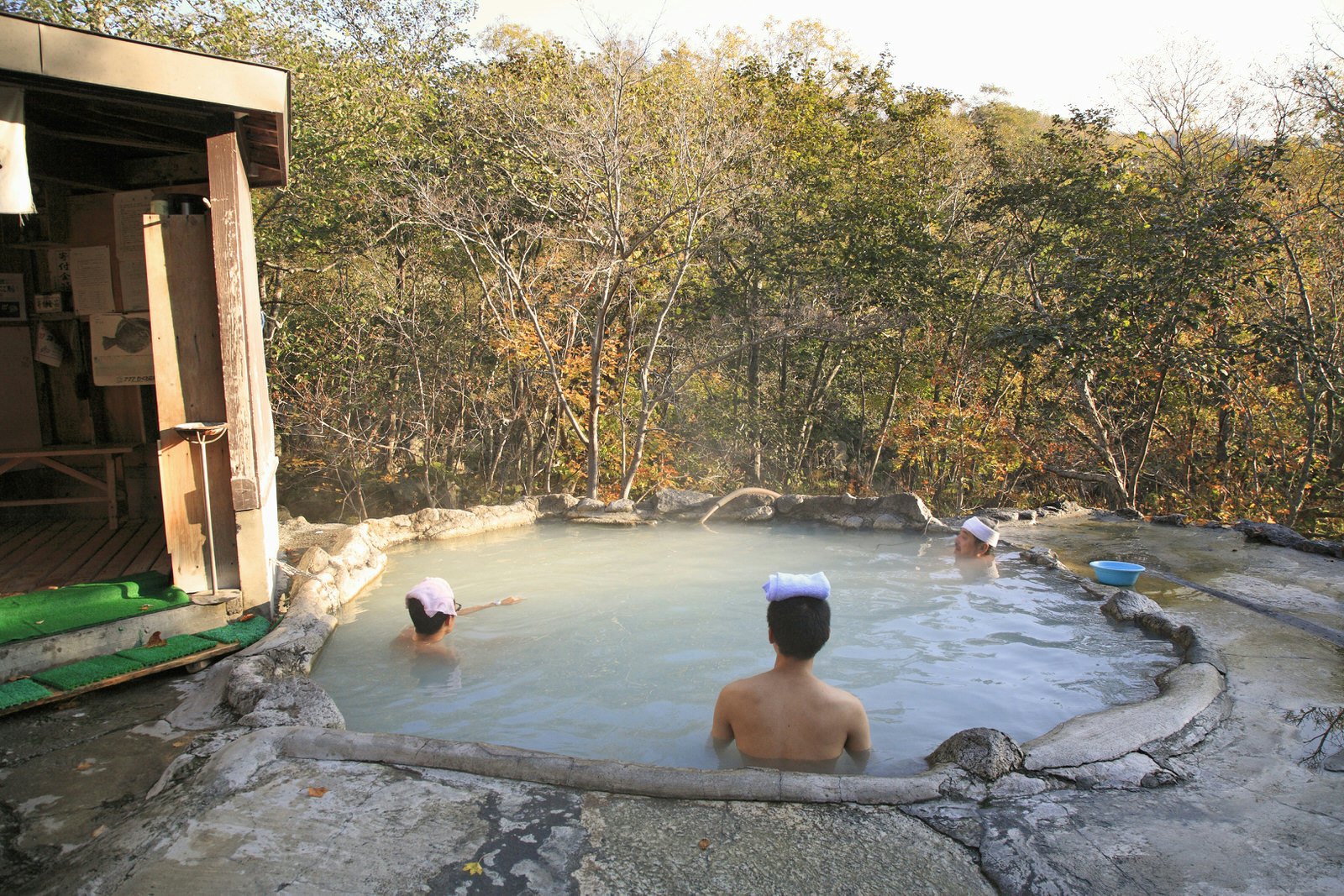
Kushiro and Kiritappu: a birder’s delight
Once thought extinct (ironic given they’re a symbol of longevity in Japan), the red-crowned white crane is still rare enough to bring any ornithologist worth their binoculars out in an excited sweat. Two wetland areas in eastern Hokkaidō are home to the crane and several other bird species. Kushiro-shitusugen has been a national park since 1987, charged with protecting the crane’s habitat in 269 sq km of wetlands. Cranes can be seen at the Japanese Crane Reserve and the Akan International Crane Centre, at the site of a winter feeding area (winter is the best time to see cranes, though you can spot them throughout the year). And for a train-crane combo you can hop on board a vintage locomotive that trundles through the national park from the town of Kushiro.

Further east and even less visited is the Kiritappu Wetland, the country’s third largest. Along with cranes and other fauna, it’s famous for its flora, and the whole area comes alive with colour from spring to autumn. Some 280 bird species (half of all species in Japan) can be seen here. A few kilometres away, on the headland beyond Kiritappu town, cormorants sun themselves between dives and sea otters float on their backs, cracking sea urchins open on their bellies.

Ainu territory: Hokkaidō before the Japanese
Once thriving but now largely integrated into Japanese society, the Ainu formerly dominated Hokkaidō, living in harmony with nature in hunter-gatherer communities. Today, pockets of their culture can still be uncovered, though their legacy is scattered across the region.
In Utoro, on the Shiretoko Peninsula, guesthouse Shūchō no Ie is a great place to stay and eat while learning more about the Ainu. South, in and around Akan National Park, is a more concentrated collection of museums and accommodation options dedicated to the island’s original inhabitants. Ainu Kotan is the largest indigenous village on Hokkaidō with the Ainu Folklore Museum sitting above it on a hill. Ikor has regular performances of traditional singing and dancing, as does (though less frequently) Marukibune guesthouse, run by an Ainu musician and located right next to Kussharo-ko (there’s an outdoor, lakeside onsen to enjoy too).
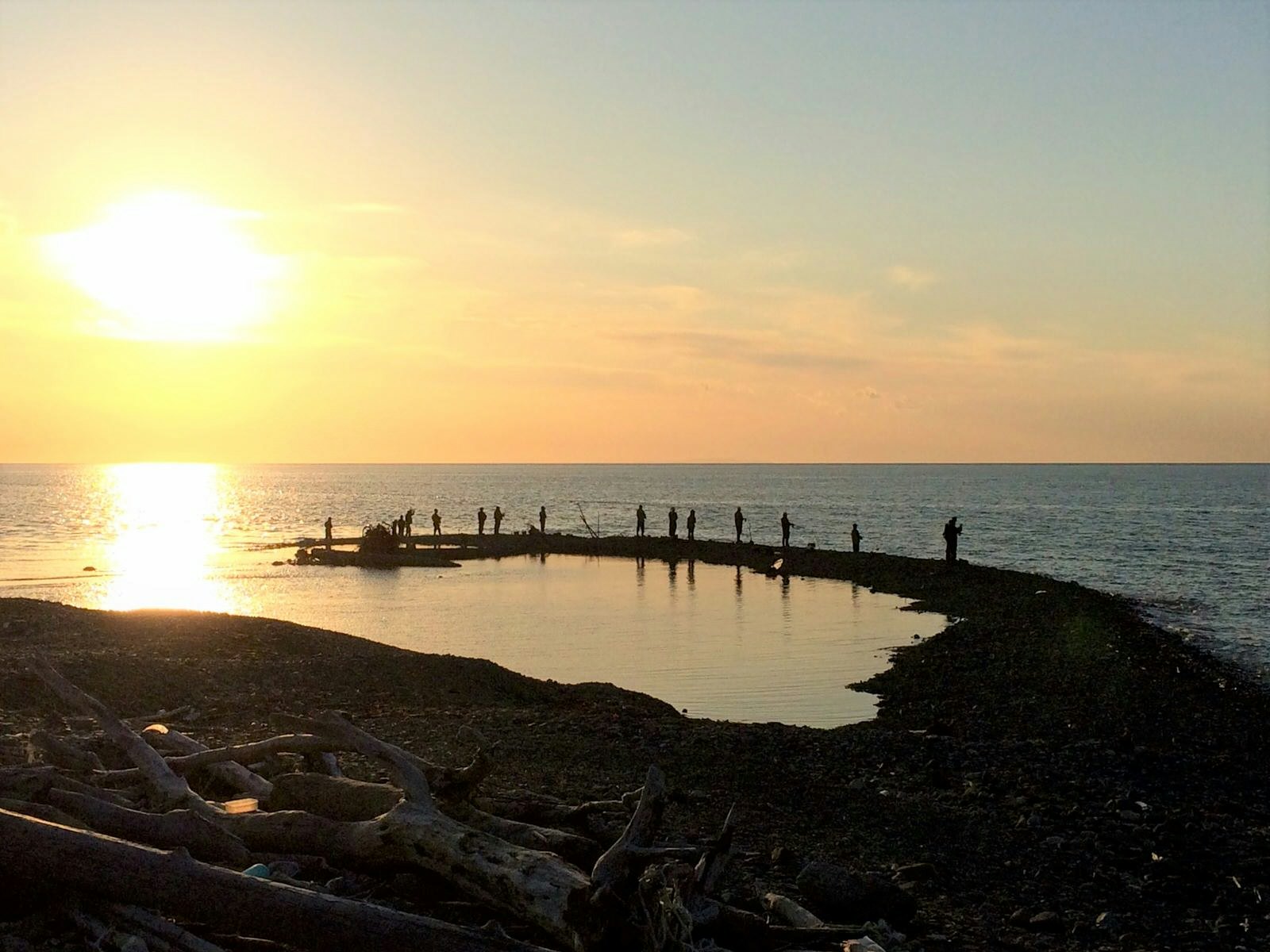
Getting around and getting by
A couple of airports serve the east of Hokkaidō with connections to Tokyo and Sapporo. Memanbetsu Airport in the north gives easiest access to Shiretoko, while Kushiro Airport in the south is close to the wetlands and is convenient for Akan. There are a few bus and train options to the east from Sapporo, but public transport is very limited. Having your own car is a huge bonus and Hokkaidō is excellent for road-tripping. Roads are quiet and scenic and parking is easy – just remember not to leave food in your car in areas where bears could be present or you might be making an insurance claim. Locals are friendly and polite, but little English is spoken so a good phrasebook or translation app will be very useful.
Clifton Wilkinson travelled to Hokkaidō with support from the Hokkaido Tourism Organization. Lonely Planet contributors do not accept freebies in exchange for positive coverage.








